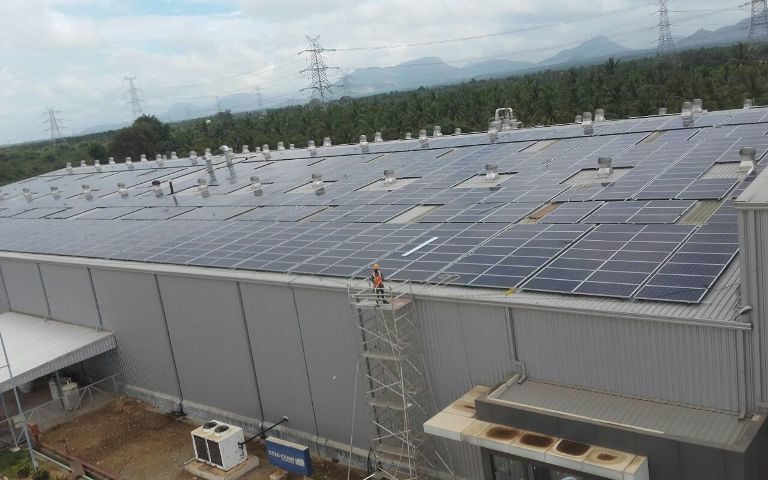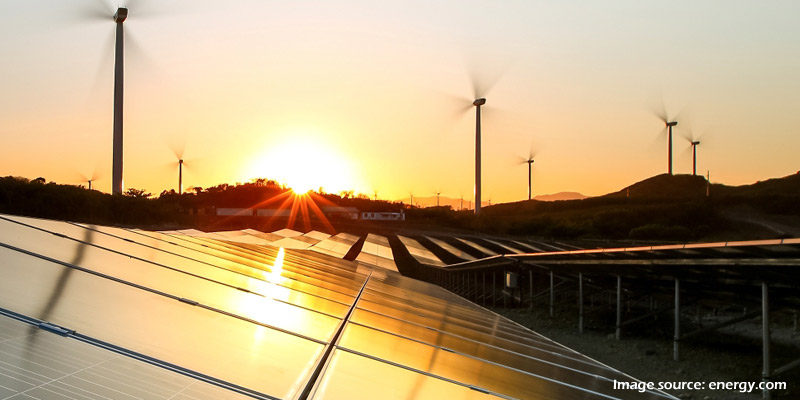Should India pursue manufacturing of solar equipment?
India’s solar sector is riding on a wave of optimism. The auction mechanism is working and tariffs are getting more and more competitive. The much talked about “grid parity” has since long been realized. Even tariffs of less than Rs.2.50 per kwh no longer raise eyebrows. Though India currently has around 16 GW of grid-connected capacity, which is far less than the targeted 100 GW by 2022, there is a plan in place that gives a feeling that we are indeed working towards a goal and not merely wishing things to happen. In the next two years, the plant to auction as much as 80 GW has been formulated and government appears resolute in its implementation plan.







